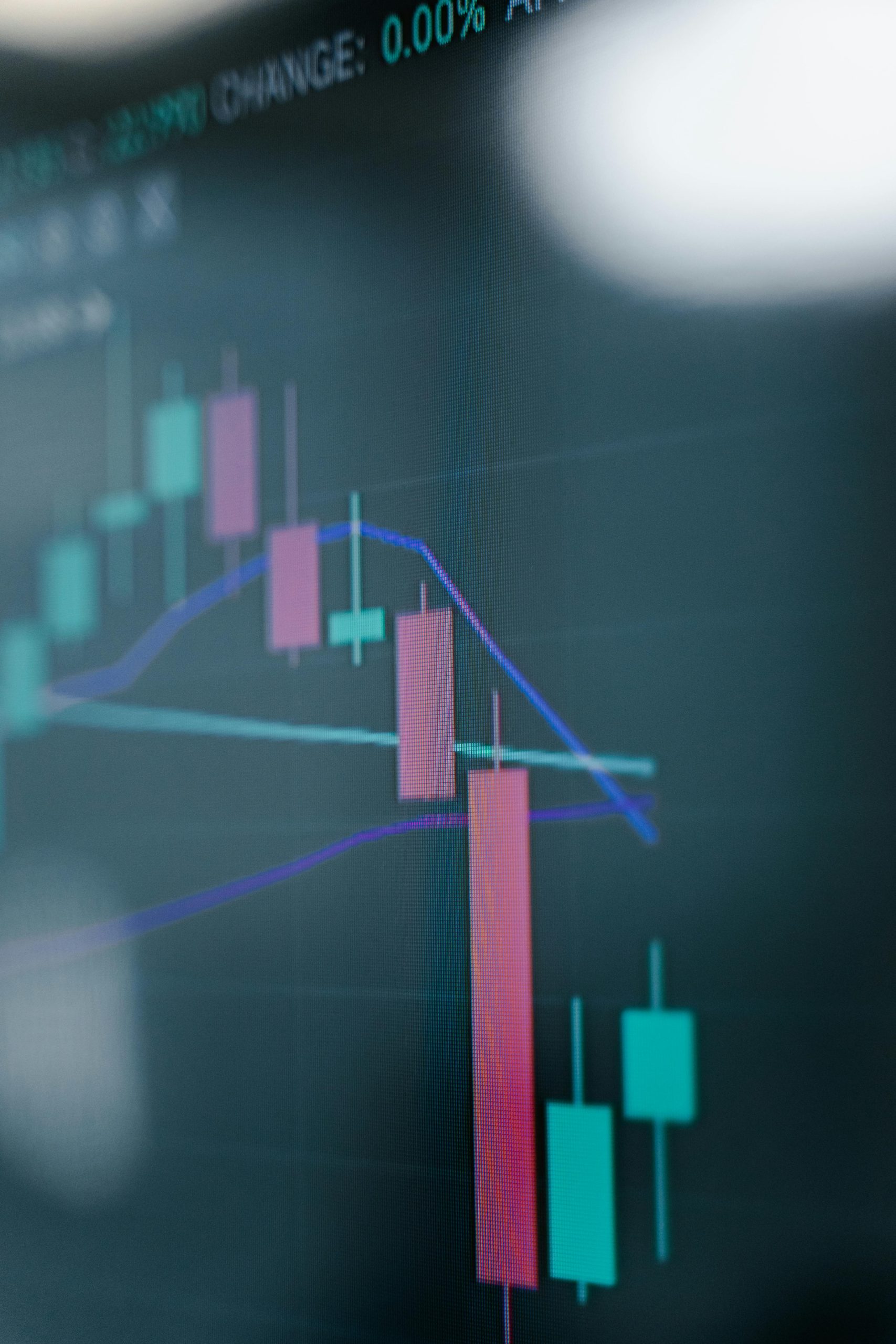It’s no coincidence that corporate executives always seem to buy and sell at just the right time. The CEOs and CFOs have all the information they could need about a company. The fact that executives are privy to unique details does not mean that investors will always be in the dark. All who wish to have access to the data on insider trading can do so. This article will explain what insider trade is, how to understand it, and where you can find the data.
What is insider trading?
Insider trading can be classified as either legal or illegal. Let’s start with the illegal type. Insiders are prohibited from buying or selling securities if they have material that has not been made public. Insiders violate their fiduciary duties when they engage in illegal insider trade.
The Key Takeaways
- An illegal insider trade occurs when a person within a firm acts on confidential information and purchases or sells securities.
- Insiders can buy and sell, but not all of it is illegal. Many insiders’ actions are reported in regulatory filings.
- Insider trading is not limited to directors and upper management. Anyone with nonpublic material information could be found guilty if the information was used for illegal profit.
- Insiders can be hundreds in large companies, making it difficult to analyze their buying and sales.
Insider trading is illegal for anyone who has nonpublic and material information. Insiders can include brokers, employees, family members, and friends.
Illegal insider trading
Here are some examples of insider trading that is illegal:
- A CEO sells stock when he learns that his company will lose a government contract in the next month.
- After hearing that their parent will lose the government contract, the CEO’s son sells company stock.
- The official who sells the stock is a government official who realizes that his company will not be awarded theSecurities
The Securities and Exchange Commission is very strict when it comes to those who are tradinunderminesy and undermine the confidence of investors and the integrity of financial markets. Do not think that only those who make the trades can be guilty. The person who “tips” someone with nonpublic material information can be held liable. 1
Legal insider trading
It is important to note that insiders are not always restricted. They are allowed to buy and sell their company’s stock legally at all times, but their trading is only restricted and illegal under certain circumstances.
Fast Fact
It is a common misconception that only directors or upper management can be found guilty of insider trading.
Corporate insiders are defined by the SEC as directors, officers, or anyone with 10% or more of a company’s shares. Corporate insiders must report insider transactions to the SEC within two days after the date of the transaction (before 2002’s Sarbanes-Oxley Act, the deadline was the 10th day of the month following the transaction).
Insiders must notify the SEC electronically of any changes to their insider holdings. For instance, if they sold 10,000 shares on Monday, June 12th, then that person would have to do so by Wednesday, July 14th. The SEC receives electronic notifications of changes in insider holdings by filing a Form 4 with details about the insider loans or trades made by a company.
Investors can find a wealth of valuable information in the filings. If they buy shares, insiders may know more than normal investors about their company. Insiders may buy their own stock because they believe it is undervalued, they are excited about the company’s potential, they anticipate a merger or acquisition, or they simply think the stock has great potential.
Peter Lynch, one of the most successful investors in history, said that insiders buy their stock for one reason: They believe the price will increase. ” 4 Since insiders cannot buy and sell their stock in a company within six months, they only do so when the company is performing well.
Important
The SEC uses the Dirks Test to determine whether an insider has given an illegal tip. This test states that if the tipster breaches their trust and knows that it was a breach of trust, they are liable for insider trading.
Nejat Seyhun is a professor at the University of Michigan who specializes in insider trading. He wrote the book Investment Intelligence From Insider Trading. In his research, he found that when executives purchased shares of their own company, they outperformed the market. When they sold their shares, however, the stock fell below the market. 8
How to find insider trading data
Internet access to data has definitely revolutionized the investing world. Anyone can access the most recent insider trading statistics for any company with a click of the mouse. These are two sites that offer free insider trading data:
- Yahoo! Yahoo! Finance: Search for any quote! Click on “Insiders”, then click Finance to see the most recent trades. Yahoo! has a list of the latest trades. Yahoo! seems to be one of the more current data feeds.
- SEC EDGAR: Although not visually appealing, EDGAR is the first place trading data is sent. You can find filings by searching for the central index key (CIK) of the company on the SEC’s website. The CIK can be used to identify individuals and corporations who have disclosed the SEC computer system. You can then search for specific filings using the CIK. 9
The Bottom Line
Data on insider trading is not a new concept. For decades, investors have made investment decisions based on the actions of their insiders. Although data is important, keep in mind that many large companies have hundreds of employees, making it difficult to discern patterns. As you would normally, continue to do your due diligence, but be aware of the actions taken by insiders. They may know more than we do.
